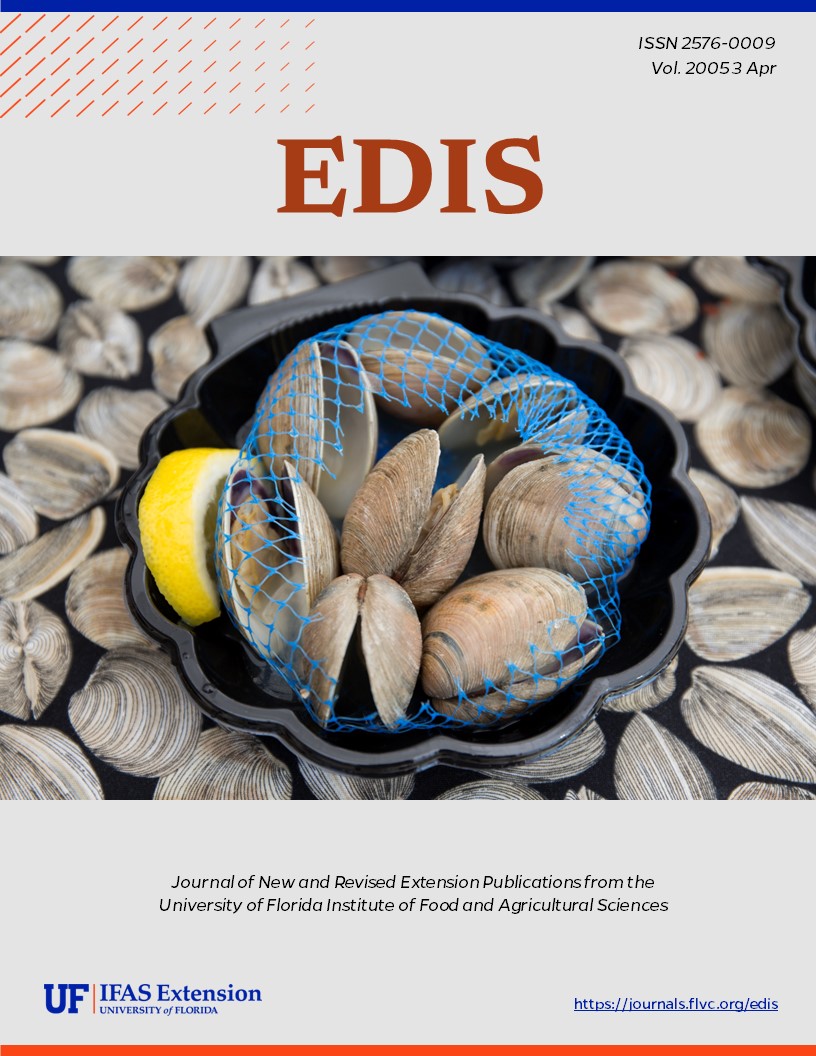Abstract
Over 99% of interstate shipments of Florida produce are by truck. Motor carriers do not magically know when there is a potential load they would find attractive. Rather, motor carriers and shipper/receivers must locate one another and negotiate terms, either directly or through an intermediary. This report will examine the methods used to arrange produce haulage and changes over the past two decades. This is EDIS document, FE540, a publication of the Department of Food and Resource Economics, Florida Cooperative Extension Service, Institute of Food and Agricultural Sciences, University of Florida, Gainesville, FL. Published March 2005.
References
Beilock, R. 2004. Long Distance Refrigerated Trucking: A Florida Case Study. Report prepared for the Agricultural Marketing Service, United States Department of Agriculture, Washington, D.C.
Beilock, R., J. MacDonald, and N. Powers. 1988. An Analysis of Produce Transportation: A Florida Case Study. ERS/USDA Agricultural Economic Report 597, United States Department of Agriculture, Washington, D.C. 43pp.
Pavlovic, K., G. Long, D. Reaves, and T. Maze. 1980. Domestic Transportation for Florida Perishable Produce. Transportation Research Center Report, University of Florida, Gainesville, FL.
Ying, J., and T. Keeler. 1991. Pricing in a Deregulated Environment. RAND Journal of Economics 22:264-73. https://doi.org/10.2307/2601022
Unless otherwise specified, articles published in the EDIS journal after January 1, 2024 are licensed under a Creative Commons Attribution-NonCommercial-NoDerivs 4.0 International (CC BY-NC-ND 4.0) license.

